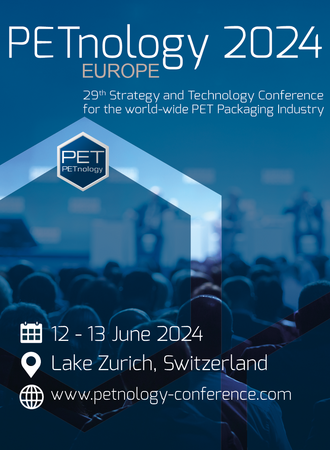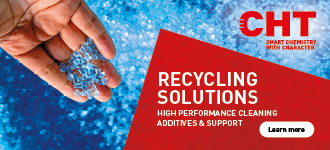- PURE provides complete transparency for masterbatch applications in order to prevent any potential sensory issues
- NIAS evaluation using gas chromatography
- Organoleptic evaluation
- SML – Specific migration limits
Creating packaging for food and beverages with sensitive contents, such as mineral water, is one of the most challenging tasks in the packaging industry. The final product needs to be protected throughout the supply chain, but under no circumstances may the packaging have a negative effect on the taste, smell, or any other sensory property of the contents.
A flavour impairment caused by the packaging would be detected immediately by the consumer, potentially leading to complaints, product recalls, negative social media coverage, or damage to the reputation and integrity of the brand. It is often hard to trace in which part of the value chain – beginning with the raw materials and ending at the consumer – the problems were caused.
PURE: INSPECTING RAW MATERIALS AND MASTERBATCH
A masterbatch is a highly concentrated, functional product that is used to colour plastics and improve their properties.
It is currently used in almost all types of plastic packaging. After two years of intensive development together with plastics producers and leading brands, Gabriel-Chemie Group has launched Pure, a unique value-added service that provides complete transparency for masterbatch applications in order to prevent any potential sensory issues. Pure uses two acknowledged industry-standard testing methods for the incoming and outgoing inspection of raw materials and masterbatches, which are delivered in the form of an upgraded masterbatch product and a full set of documentation with transparent test results.
NIAS EVALUATION USING GAS CHROMATOGRAPHY
The EU-regulation 10/2011 governs materials and objects made of plastics that are intended for food contact. Raw materials that are used in the manufacture of plastic objects and packaging may contain some impurities. These impurities are classified as Not Intentionally Added Substances (NIAS) and approved substances are included in the Union List published by the EU. With the help of modern gas chromatography, Gabriel-Chemie is capable of in-house analysis of raw materials to test for the existence of NIAS that may cause sensory issues, such as an off-taste. If unknown substances are found in the chromatogram, they are analysed in detail using mass spectroscopy in close cooperation with the renowned Fraunhofer Institute for Process Engineering and Packaging IVV in Germany. If the detected substances pose a potential sensory risk, the raw material is blocked. When all raw materials have been approved and released, the production can start and a certificate including a detailed evaluation of the raw materials is issued.
ORGANOLEPTIC EVALUATION
The sensitive human sensory organs serve as a reliable measuring instrument for a so-called ‘organoleptic’ evaluation, which is the second module of Pure. After successfully passing the NIAS evaluation, the approved raw materials are used to manufacture masterbatches in the test laboratory, from which injection-moulded parts are produced. The samples are then stored and treated in selected reference liquids, such as still water from a standardised brand, and the liquids are then blind tested for flavour deviations. A specially trained sensory panel examines and assesses the smell and flavour of the liquids in a complex organoleptic evaluation process lasting several hours. As a result, plastics converters receive a detailed test report and profile in which the organoleptic approval of the products is documented. The combination of professional initial sensory training, regular refresh trainings and a panel size of approximately ten participants mean that the test is recognised by the market as being statistically significant.
SML – SPECIFIC MIGRATION LIMITS
EU Regulation 10/2011 requires producers of plastics that come into contact with foodstuff to control the quantity of ingredients that can migrate into food. Specific migration limits (SML) must be complied with for many of these substances. Gabriel-Chemie endeavours to keep the number of substances with SML in their products as low as possible, however their presence cannot always be avoided. In order to create a rough overview of the quantities to be expected, the company establishes an estimate of concentrations of SML-regulated additives in their products in cooperation with suppliers. The supplied concentration information goes above and beyond the legal obligation and facilitates an easier analysis for customers, which can save both time and money.




 Hormones and PET bottles: New results finally indicate there’s ...
Hormones and PET bottles: New results finally indicate there’s ...




